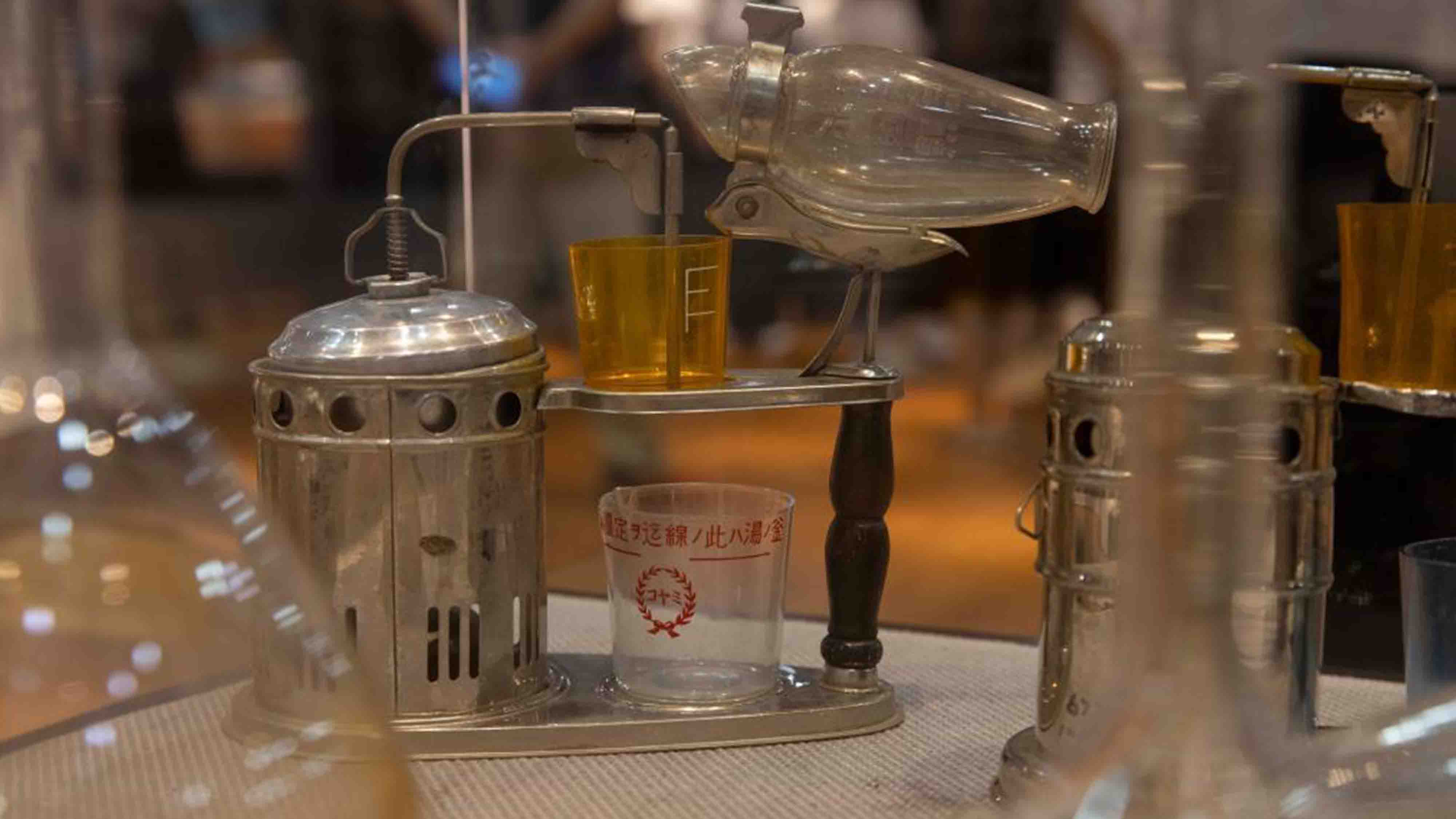04:01

As the 76th anniversary of Japan's unconditional surrender in World War Two (WWII) falls on Sunday, a Chinese museum is displaying for the first time new items that belonged to the former Japanese Unit 731.
Unit 731 was a top-secret biological and chemical warfare research base established in the northeastern Chinese city of Harbin. The facility was considered the nerve center of Japanese biological warfare in China and Southeast Asia during WWII – a notorious branch of the Japanese army that carried out human experimentation and large-scale germ warfare.
At least 3,000 people were used for human experimentation by Unit 731 and more than 300,000 people in China were killed by Japan's biological weapons.
The Museum of Evidence of War Crimes by Japanese Army Unit 731 in Harbin occupies 11,000 square meters inside the remnants of Unit 731. It was built to mourn the loss of life and humanity within its walls.
It exhibits photos and first-hand testimonies of the imperialist Japanese army's so called "research" and use of germ warfare and experiments on humans, as well as the final war-crimes trial.
For most people in Asia, August 15 is a special date that will never be erased from their memory. The war of aggression initiated by Japan brought untold sufferings to the people in Asia. China alone suffered 35 million casualties and $600 billion in economic losses in the War of Resistance against Japanese Aggression.
(With input from Xinhua)
(Cover: The exhibition hall of evidences of crime committed by Unit 731 of the Japanese Imperial Army in Harbin, Heilongjiang Province, China. /CFP)

